This is the last in a series of articles in which we look at traffic statistics at Internet Exchange Points during the European Championship 2012. This time we looked at IXP traffic during the semi-finals and the final. In addition we also look back over the entire 5 weeks of matches and draw some conclusions.
Please also note the other articles in this series:
- Internet Traffic During the European Championship 2012
- Internet Traffic After First Round of Euro 2012 Matches
- Internet Traffic During Euro 2012 - Group Stages
-
Internet Traffic During Euro 2012 - Quarter-finals
Over the course of the European Football Championship, which ran from 8 June – 1 July 2012, the RIPE NCC collaborated with Euro-IX to look at Internet traffic volume at Internet Exchange Points (IXPs). Although the traffic passing through IXPs is only a small part of all Internet traffic (much of the traffic passes through private interconnects and content delivery networks), it does represent an interesting sample of Internet traffic volume changes.
A number of IXPs participating in the project, provided us with data over a period of time that allowed us to compare the IXP traffic during highly viewed events with more “normal” traffic periods at similar times to see if any trends emerged. We were also able to examine whether the trends persisted over the tournament and if there were noticeable differences from country to country and from IXP to IXP.
In an earlier article we hypothesised that there are two sides to Internet traffic volume in the case of events like this. Either people will walk away from their computers, causing decreases in traffic volume, or people will increase computer usage, for instance for online viewing of football matches. The composition of each individual IXP in terms of who is connected and how they exchange traffic across the public peering LAN, and the specifics of data distribution through Content Delivery Networks (CDNs), will determine if and how much of this online-viewing effect we see at that particular IXP.
During the tournament, the data provided by the IXPs showed some identifiable deviations from the normal traffic. Often, match times showed a familiar decline in traffic in the lead up to and during matches, with increases at half time and a slight bump when the match was over. This pattern was not seen at all IXPs, with some showing increases during matches, and one IXP showing a record peak during one match.
The patterns were typically easier to identify at the IXPs that had lower amounts of traffic passing through them. This was particularly the case at exchanges such as Rostov-on-Don and Samara in Russia, where the peaks and dips were quite dramatic. For other IXPs the patterns became noticeable only when the country the IXP is located in was playing a match. The patterns also became gradually more pronounced at some IXPs as the tournament progressed and matches reached the knock-out stages.
The semi-finals and final
The patterns mentioned above can be seen in the semi-finals and finals involving Spain, Portugal, Italy and Germany.
Semi-final Portugal vs. Spain 27 June 2012
For the first semi-final, there is remarkable similarity between patterns from the IXPs in the two competing countries: CATNIX in Spain and GigaPIX in Portugal.
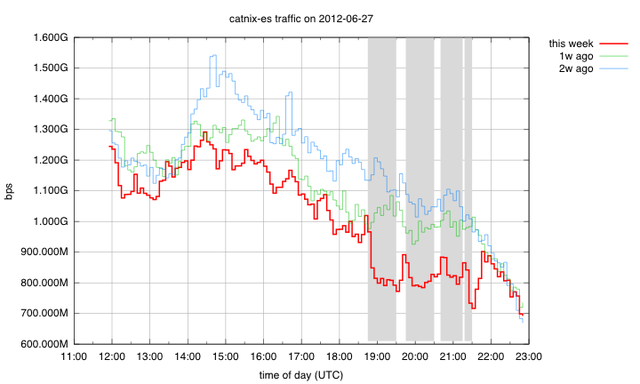

Semi-final Germany vs. Italy 28 June 2012
For the second semi-final, there are similar patterns displayed for the DECIX exchange in Frankfurt and the Milan Internet Exchange (MIX), with the MIX graph showing more dramatic lines, possibly due to the aforementioned lower traffic volumes running through that exchange. The German exchange shows a notable slowdown in the decrease in traffic volume directly after the game, while the Italian exchange shows a quite dramatic increase in volume at the same time. The other exchanges that we looked at in these countries don’t show the same patterns, so effects like this seem to be IXP-specific, not necessarily country-specific.
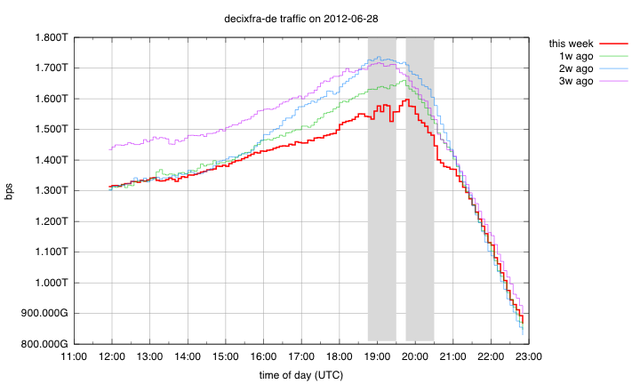
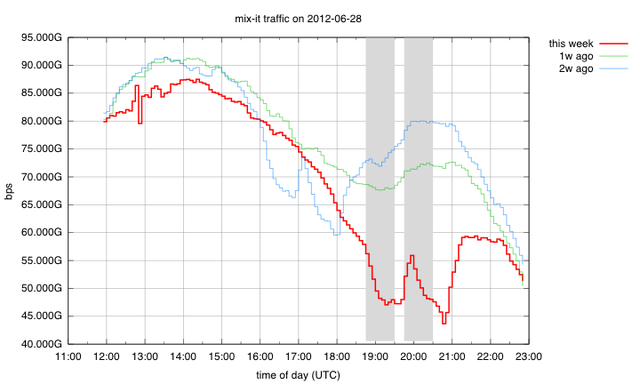
Figure 7: Traffic seen at MIX during Germany v Italy match on 28 June 2012
Final match Spain vs. Italy 1 July 2012
For the Euro 2012 final, we look once more to the IXP at Rostov-on-Don, which is one of the smaller exchanges in our set. This exchange was useful for showing the effect these large events can have on the traffic volumes at small exchanges especially. The matches at Euro 2012 had a quite dramatic effect on the traffic volumes at this IXP, and the final shows the distinctive double bump pattern – the bump for the second half is lower than that for the first half, possibly because the match was practically decided at an early stage.
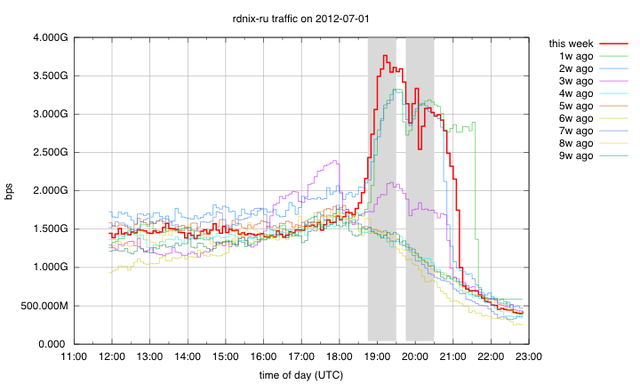
An encouraging aspect of the project was the participation of IXPs across Europe, and also the input from commenters giving background information on Internet traffic and possible reasons for the patterns that emerged during the tournament. The next large-scale event we hope to look at IXP data for is the Olympics, which will take place in London from 25 July to 12 August 2012. While the Olympics are expected to draw an enormous worldwide audience, they will differ from Euro 2012 in that events of various durations will take place at various times over the course of a day, including during office hours in our service region. We are interested to see if this will have a big effect on the traffic statistics reported by IXPs and if any patterns emerge. If you would like to get involved in the Olympics project, either by allowing us to use your IXP’s data or by alerting us to any interesting patterns or noteworthy traffic events, please contact us at labs@ripe.net .

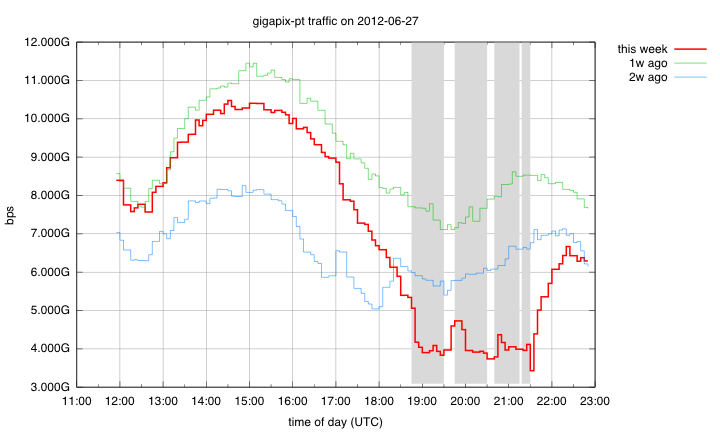
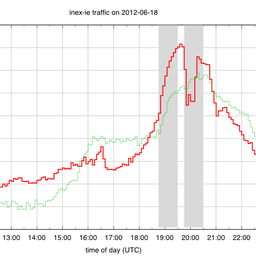
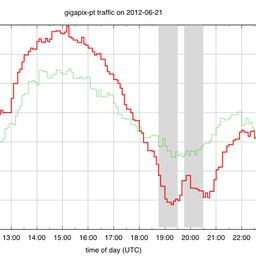
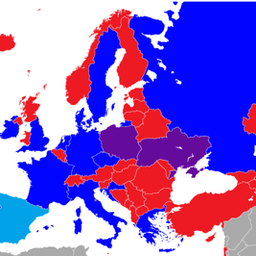



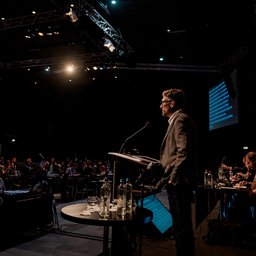
Comments 0
The comments section is closed for articles published more than a year ago. If you'd like to inform us of any issues, please contact us.